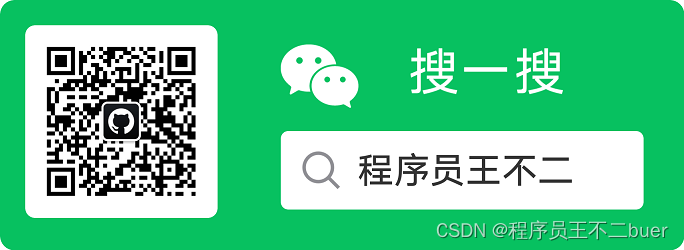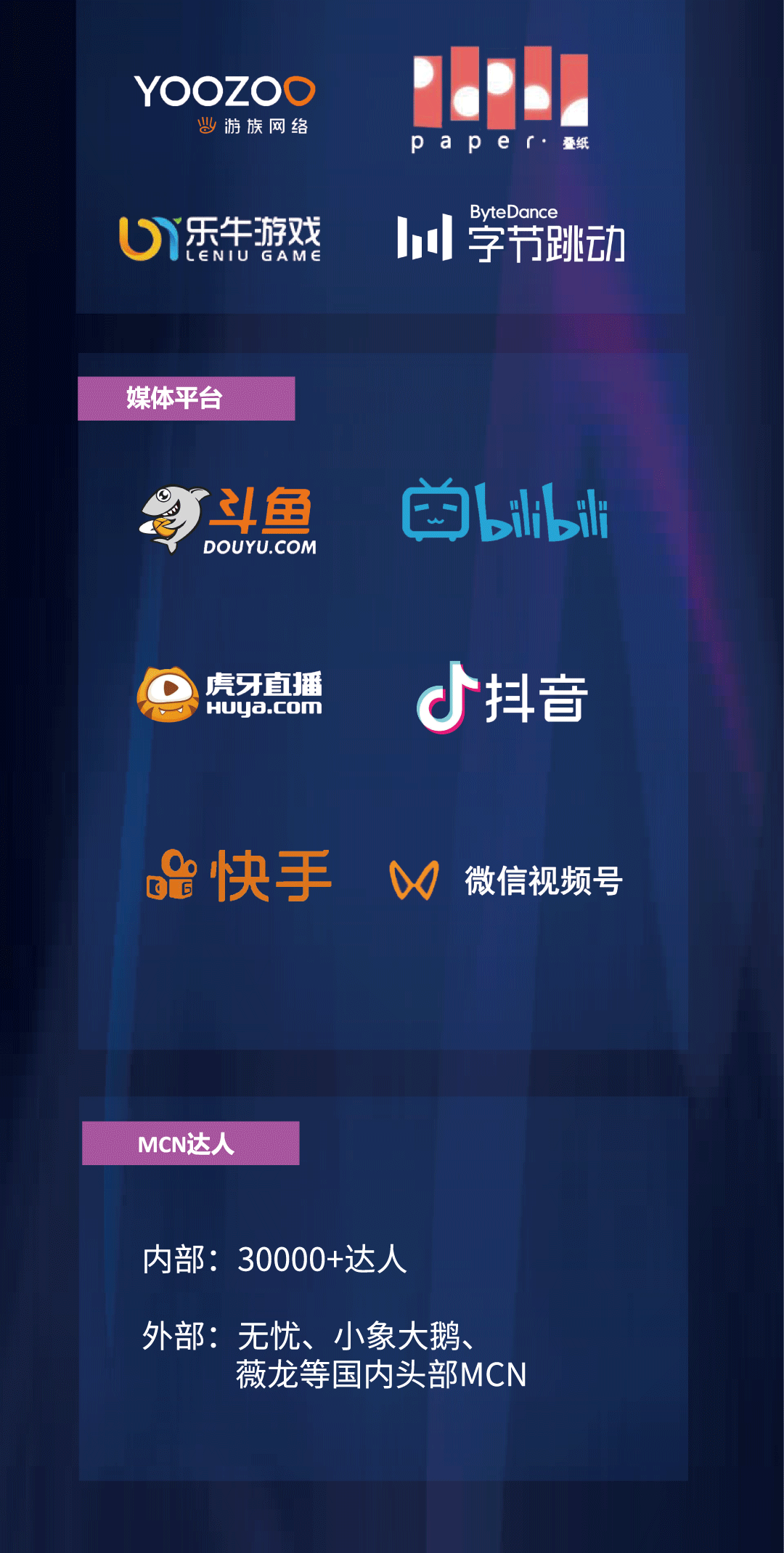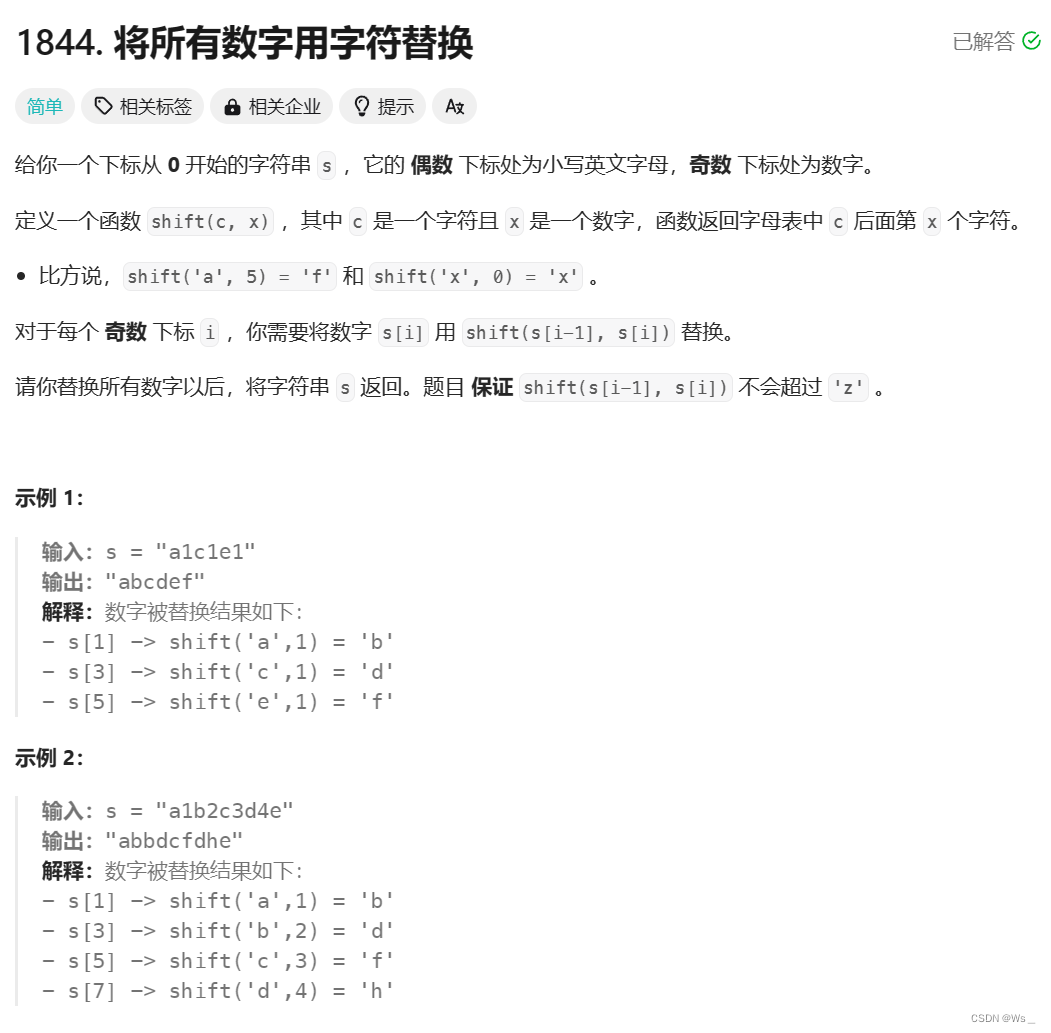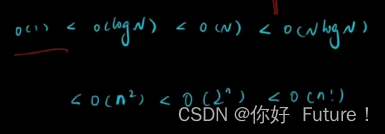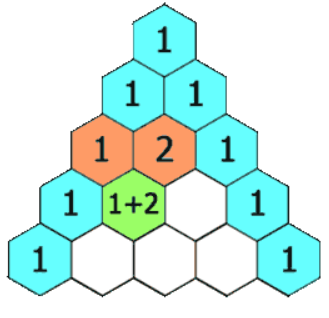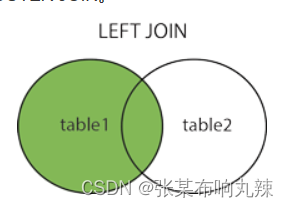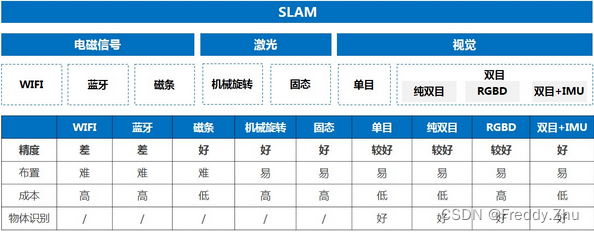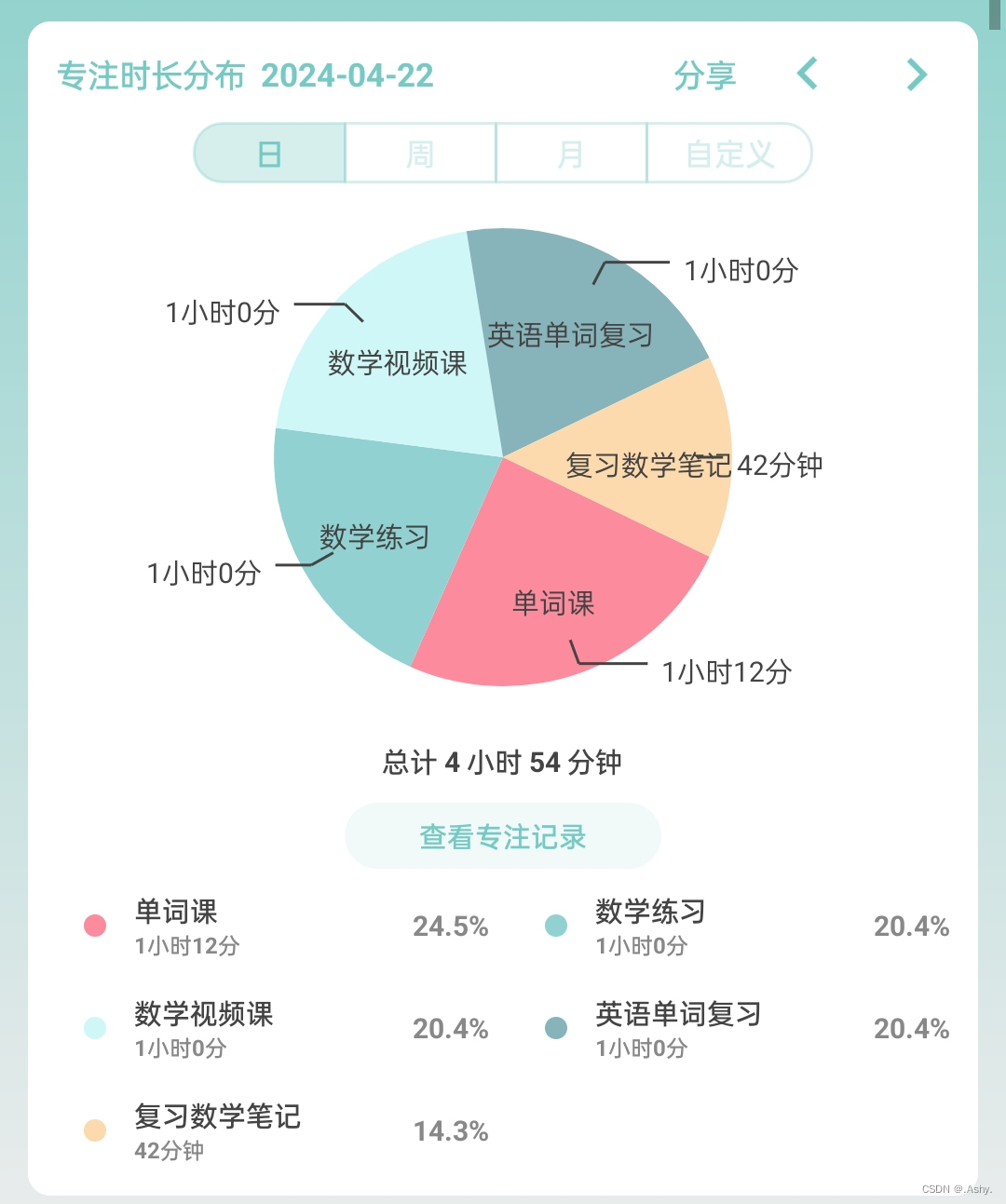👉文末查看项目功能视频演示+获取源码+sql脚本+视频导入教程视频
1 、功能描述
基于SSM的在线家教管理系统1拥有三种角色
- 管理员:学生管理、老师管理、发布管理、留言管理、回复管理、订单管理等
- 教师:我的订单、我的关注、查看回复留言、登录注册等
- 学生:发布需求、留言、账单信息、关注老师、订单信息、个人中心、聘用教师、登录注册等
1.1 背景描述
在线家教管理系统是一种基于互联网技术的教育管理工具,旨在提供家教机构和教育机构一种便捷、高效的方式来管理和监控家教服务。该系统整合了家教信息管理、学员管理、教师管理、课程管理等功能模块,为家教机构提供了一个集中管理各项业务的平台。家教管理系统可以帮助家教机构招募合适的教师,匹配学员和家教,制定课程计划,记录学员学习情况,管理教师薪酬等。同时,学员和家长也可以通过系统进行在线选课、查看成绩、与教师沟通等操作,提高了教学过程中的沟通和便捷性。在线家教管理系统的应用让家教服务更加智能化、便捷化,为教育行业带来了更多的发展机遇。
2、项目技术
后端框架:SSM(Spring、SpringMVC、Mybatis)
前端技术:jsp、css、JavaScript、JQuery
2.1 SSM
SSM(Spring+SpringMVC+MyBatis)是目前比较主流的Java EE企业级框架,适用于搭建各种大型的企业级应用系统。其中,Spring就像是整个项目中的粘合剂,负责装配bean并管理其生命周期,实现控制反转(IoC)的功能。SpringMVC负责拦截用户请求,通过DispatcherServlet将请求匹配到相应的Controller并执行。而MyBatis则是对JDBC的封装,让数据库底层操作变得透明,通过配置文件关联到各实体类的Mapper文件,实现了SQL语句映射。
2.2 mysql
MySQL是一款Relational Database Management System,直译过来的意思就是关系型数据库管理系统,MySQL有着它独特的特点,这些特点使他成为目前最流行的RDBMS之一,MySQL想比与其他数据库如ORACLE、DB2等,它属于一款体积小、速度快的数据库,重点是它符合本次毕业设计的真实租赁环境,拥有成本低,开发源码这些特点,这也是选择它的主要原因。
3、开发环境
- JAVA版本:JDK1.8
- IDE类型:IDEA、Eclipse都可运行
- tomcat版本:Tomcat 7-10版本均可
- 数据库类型:MySql(5.x和8.x版本都可)
- maven项目:否
- 硬件环境:Windows 或者 Mac OS
4、功能截图+视频演示+文档目录
4.1 登录注册

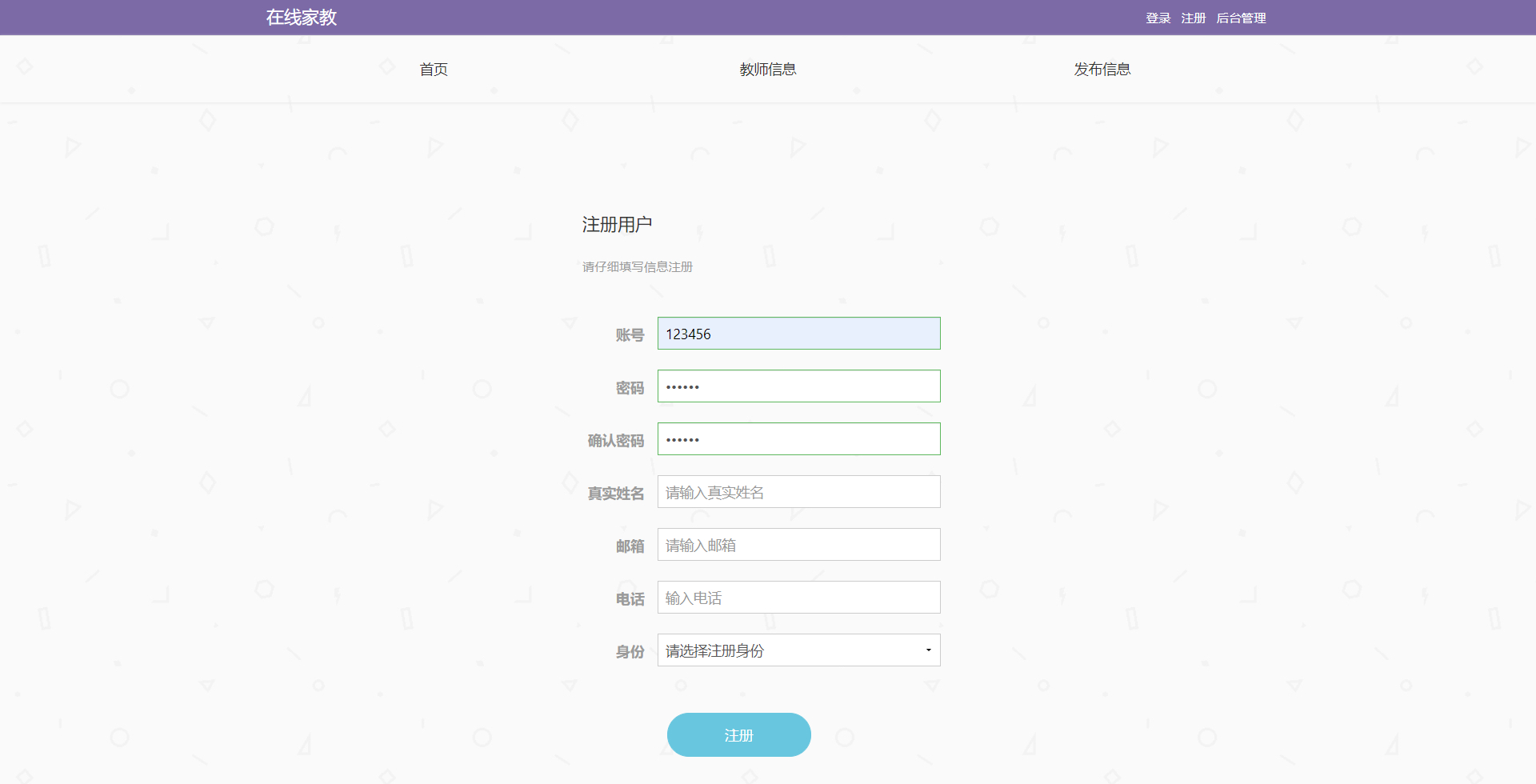
4.2学生 模块

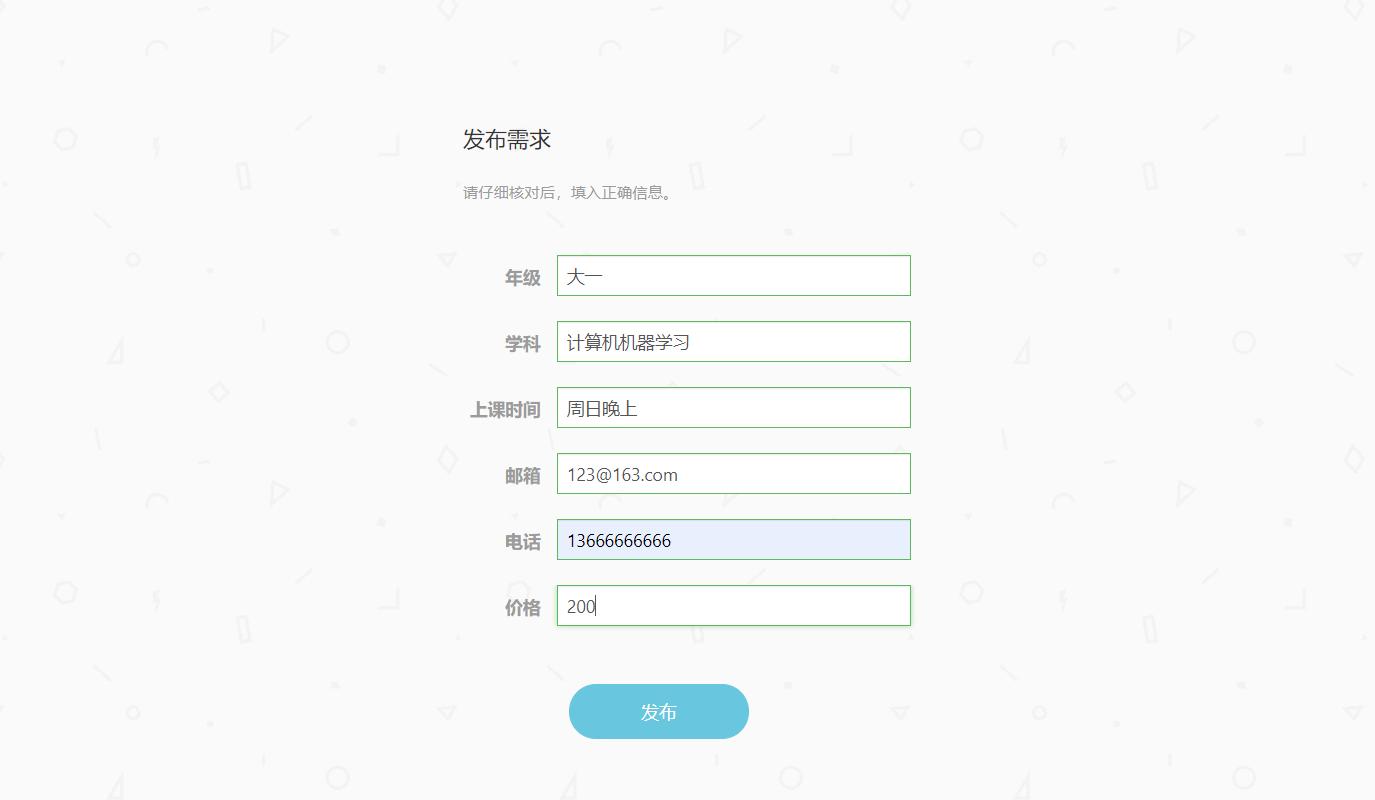

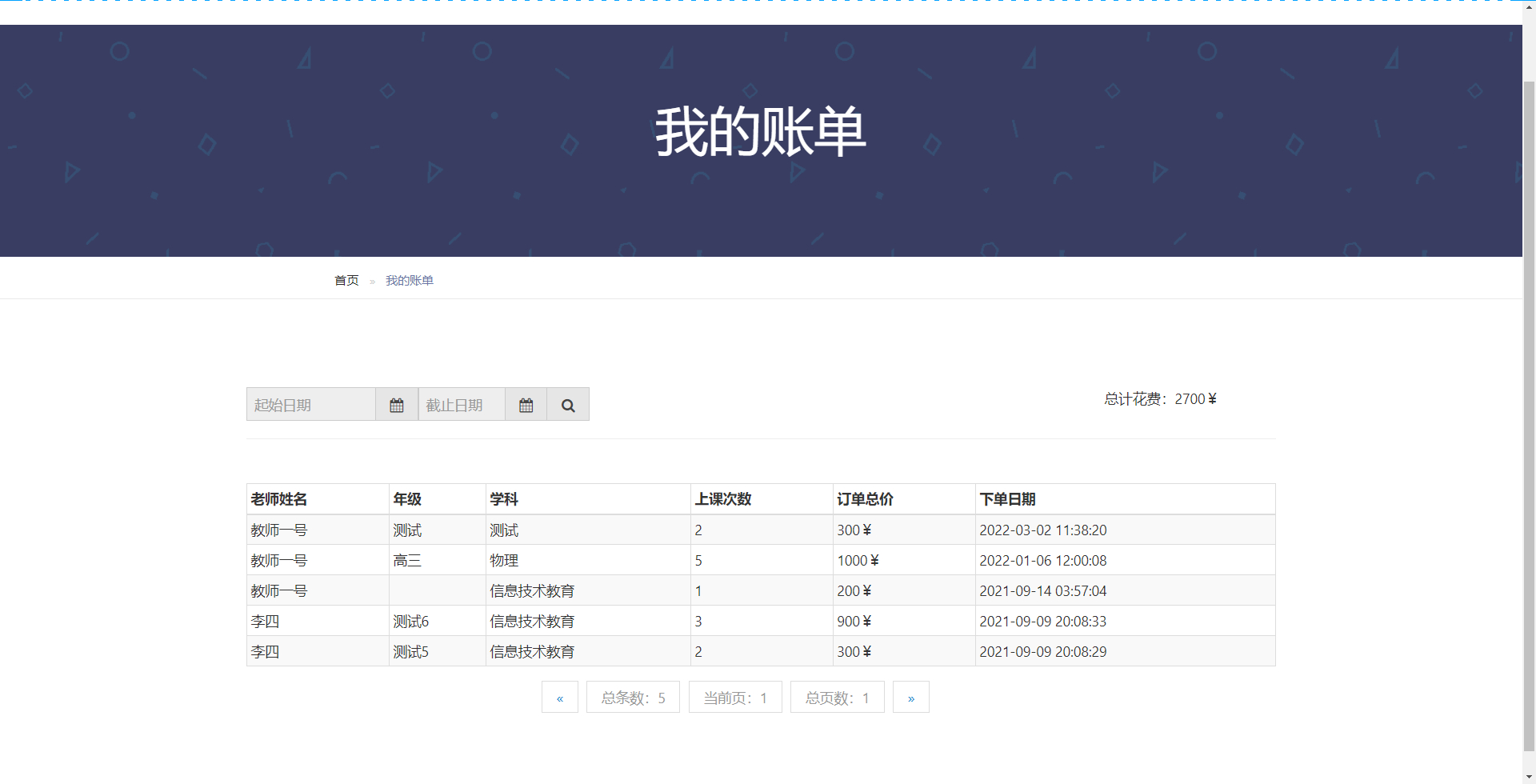

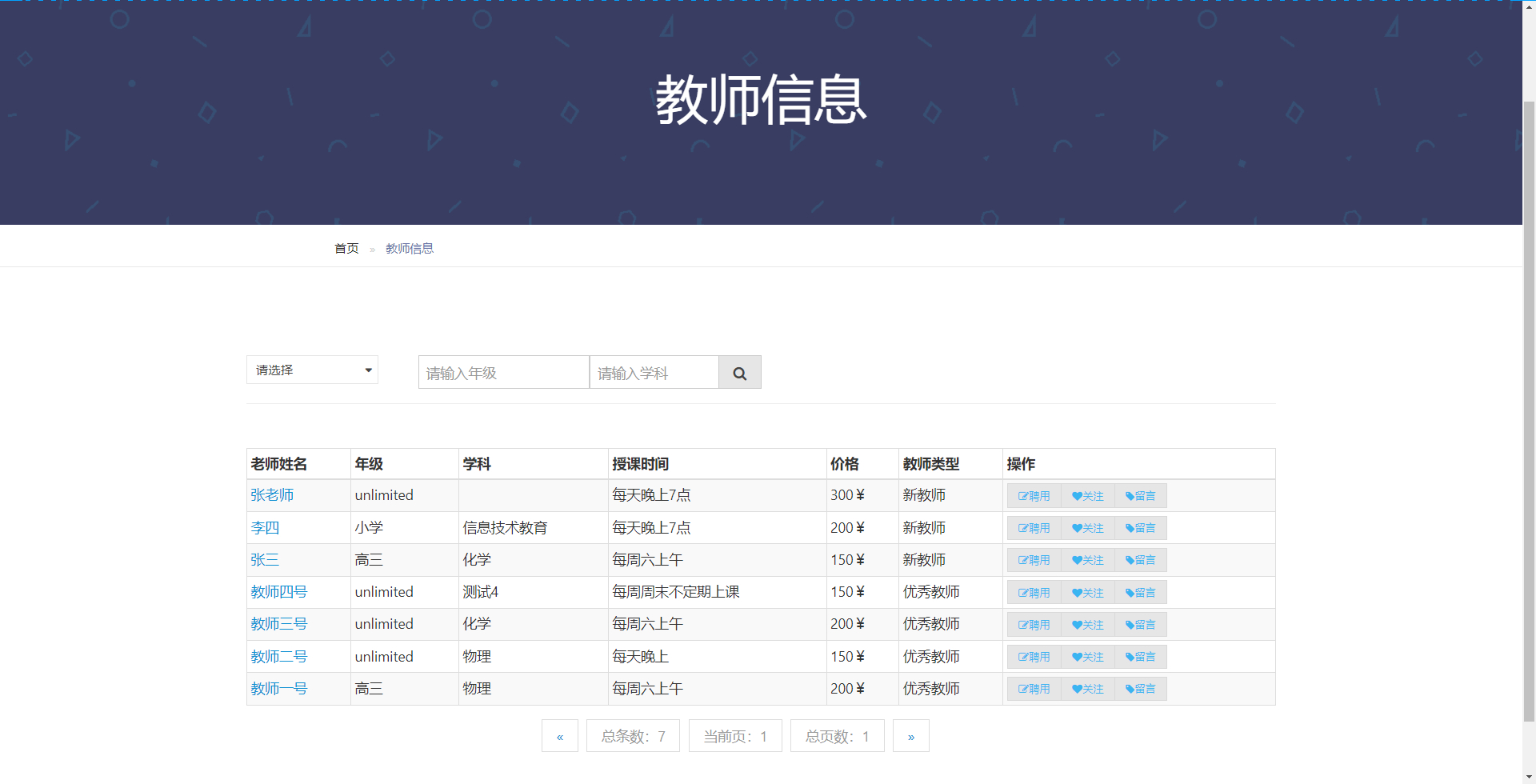
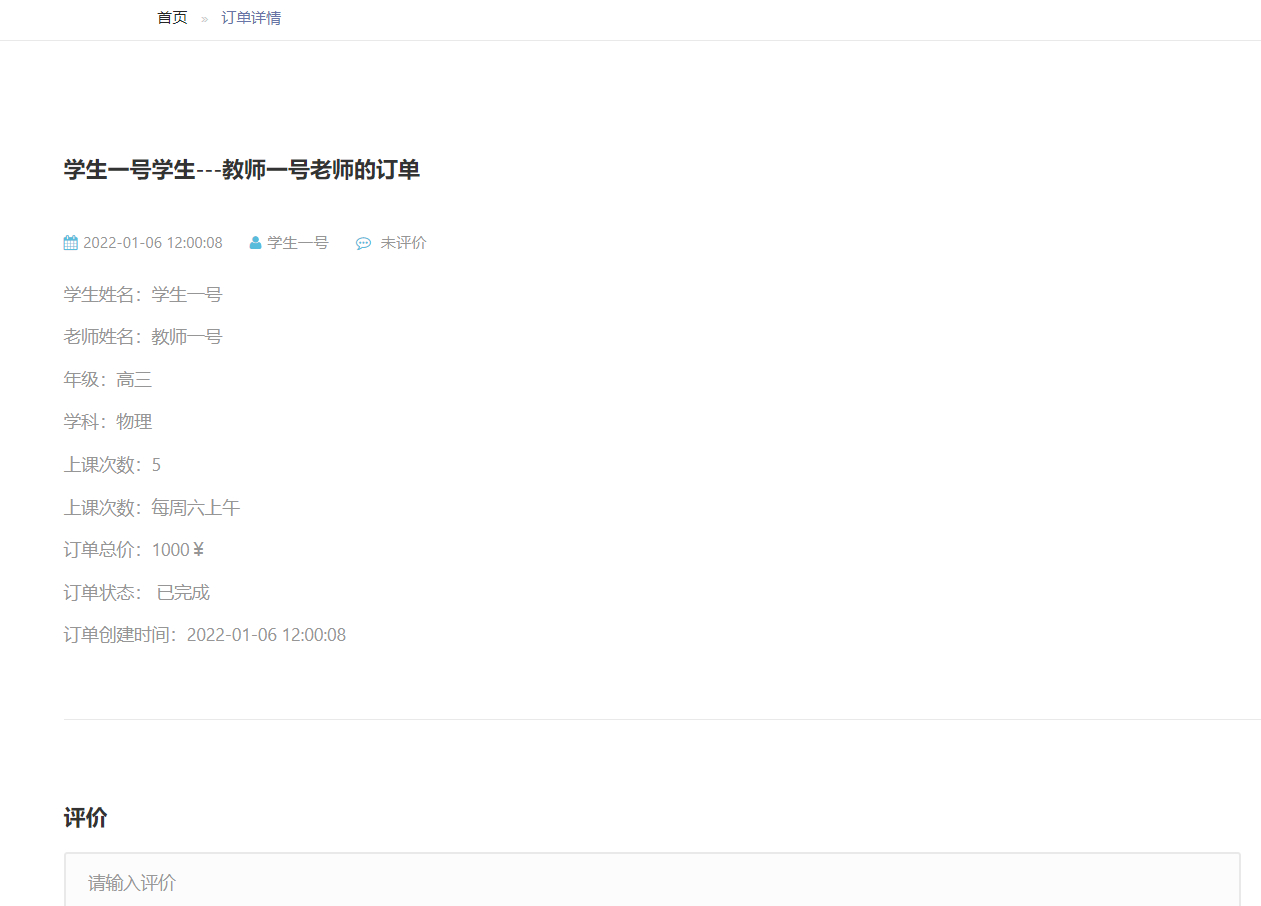

4.3 教师模块
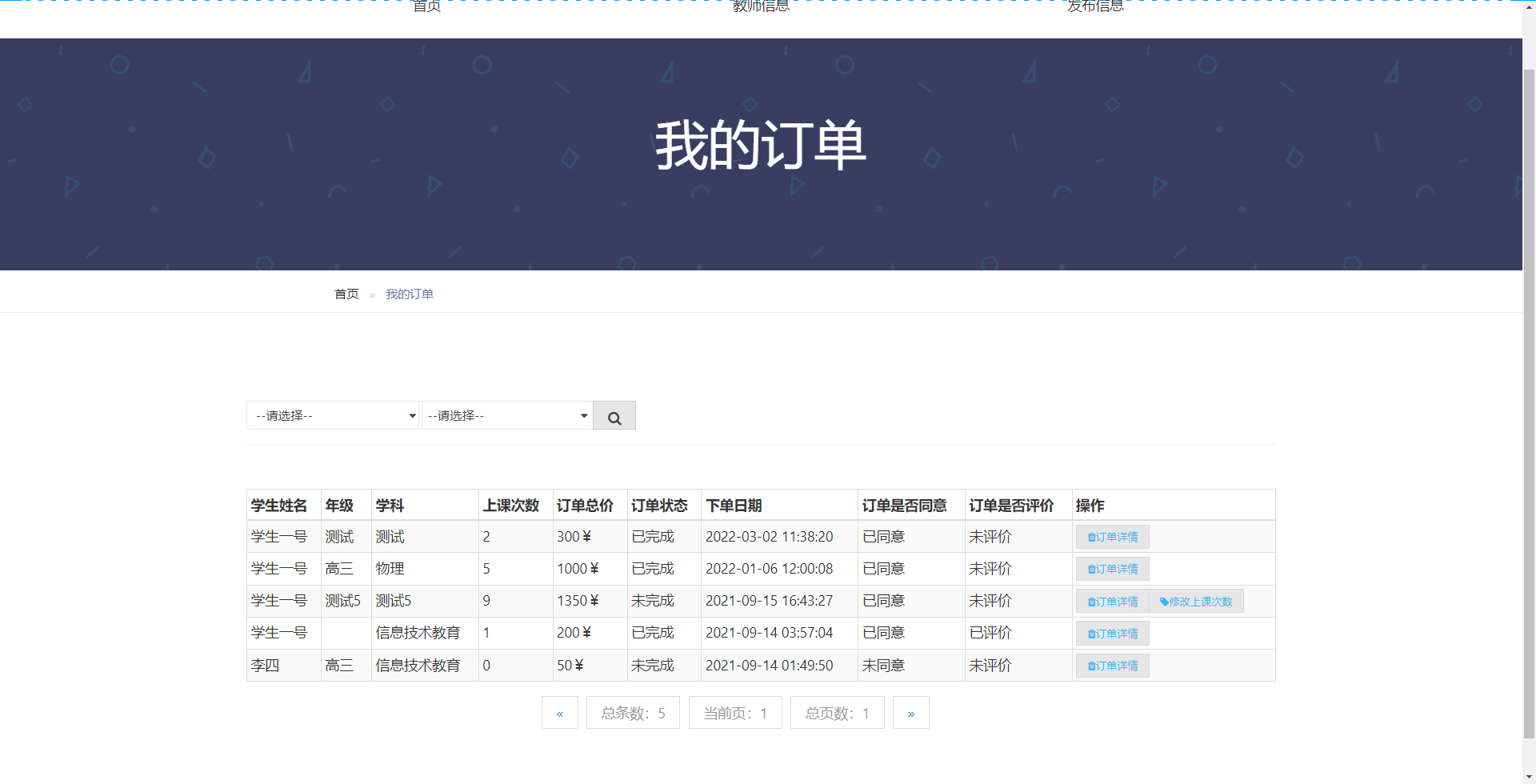
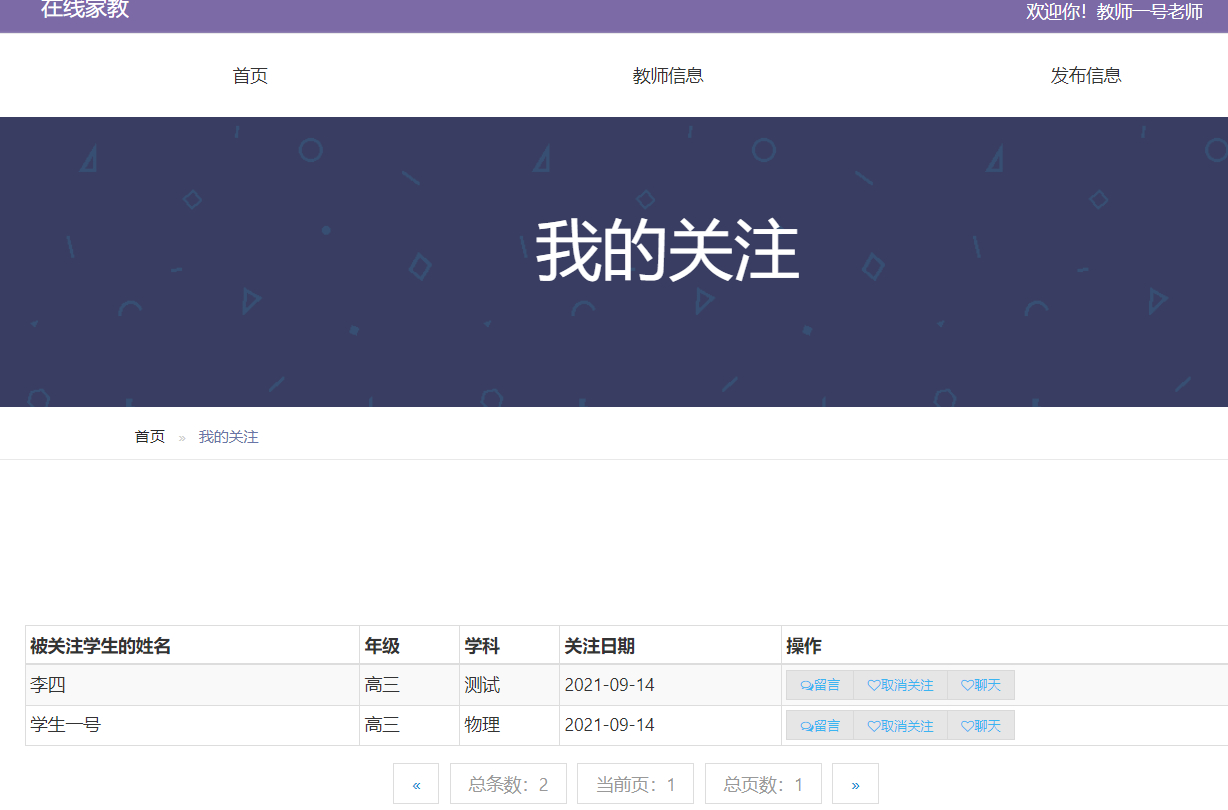
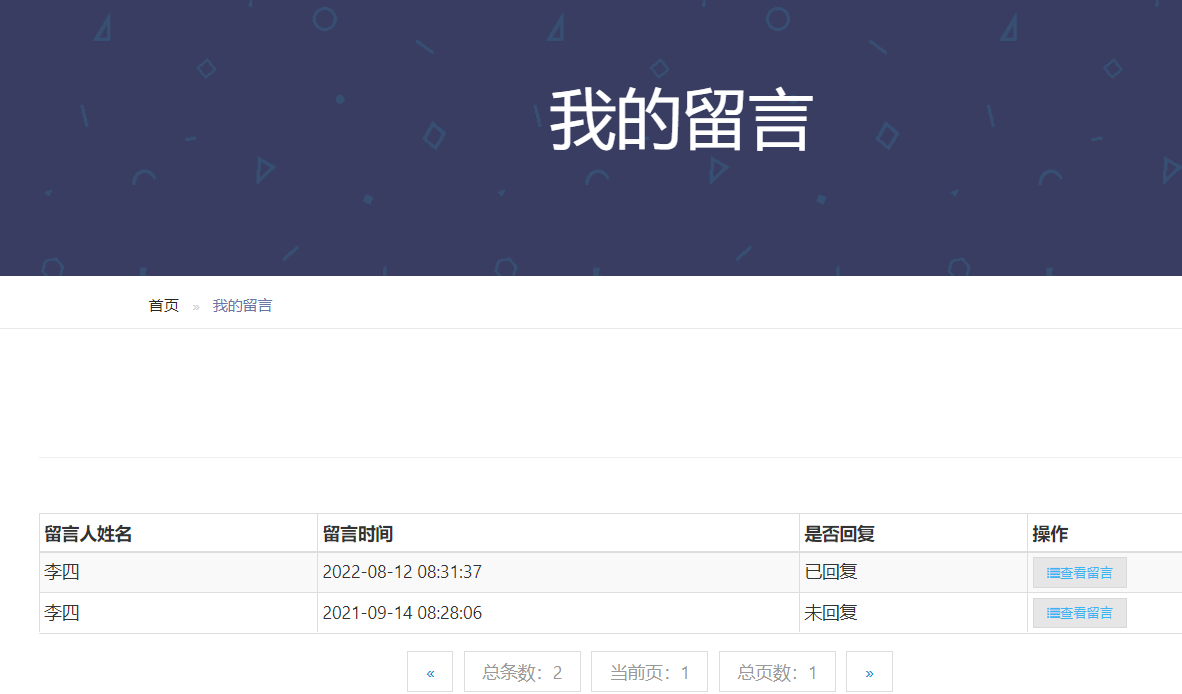
4.4 管理员模块
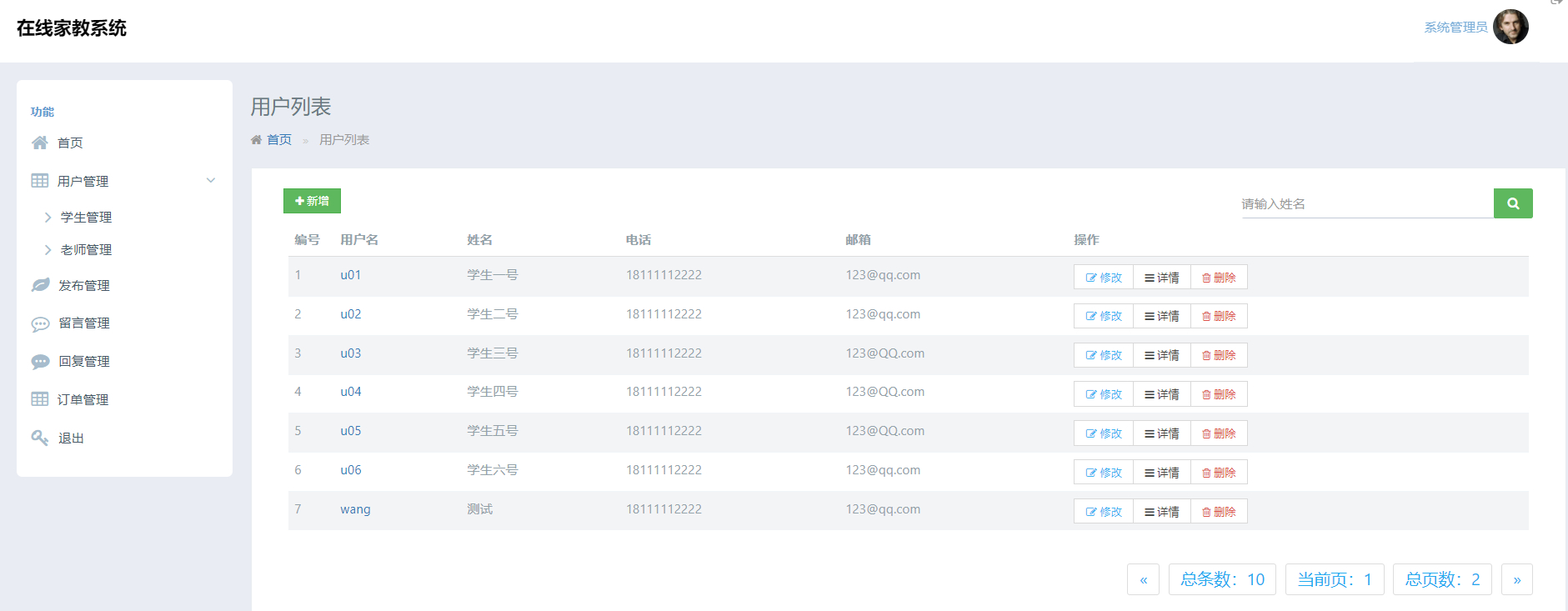


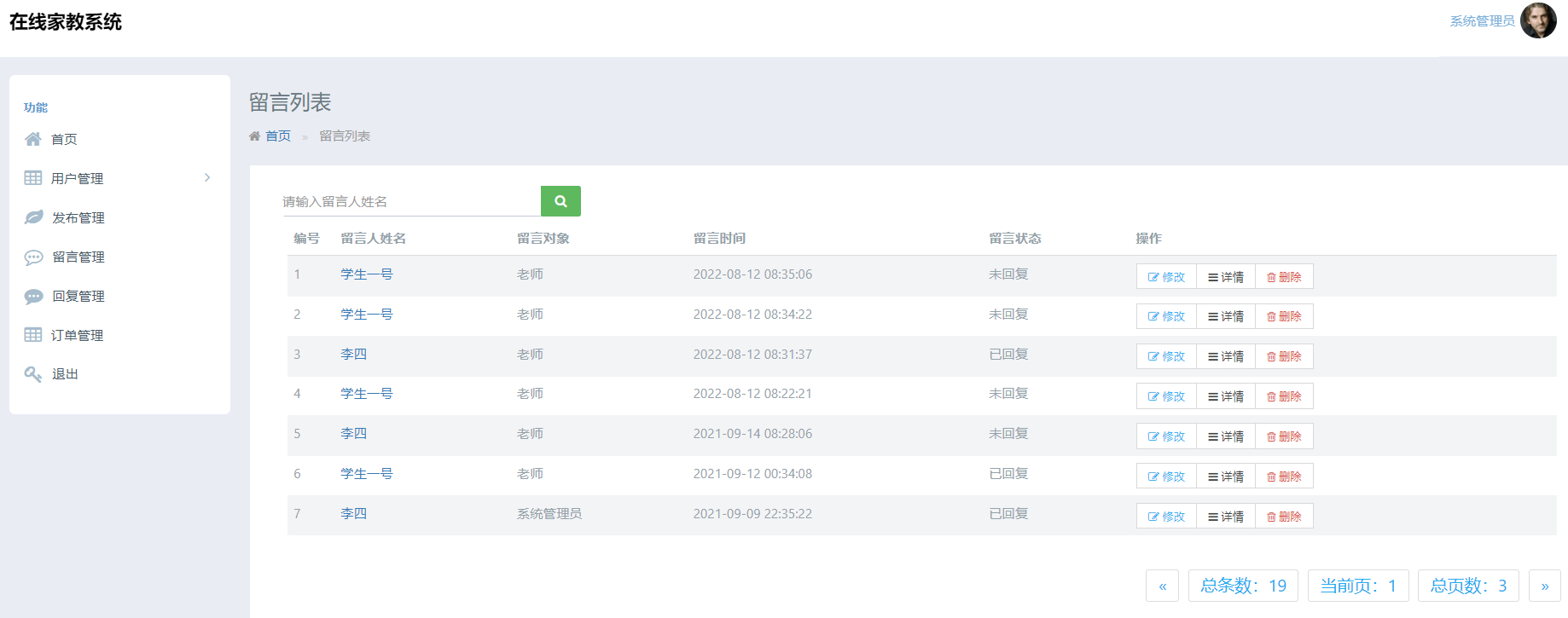
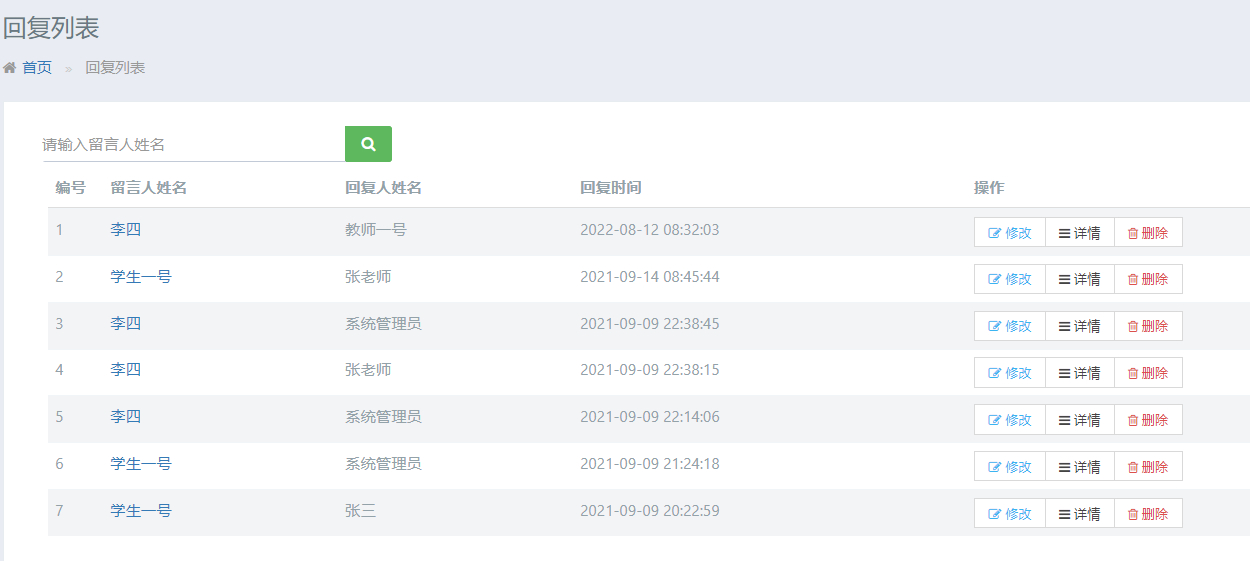

5 、核心代码实现
5.1 配置代码
spring:
datasource:
username: root
password: root
driver-class-name: com.mysql.cj.jdbc.Driver
url: jdbc:mysql://127.0.0.1:3306/chuangmeng?characterEncoding=utf8&useSSL=false&serverTimezone=UTC&rewriteBatchedStatements=true&allowPublicKeyRetrieval=true
servlet:
multipart:
max-file-size: 50MB
max-request-size: 50MB
server:
port: 521
redis:
open: false
shiro:
redis: false
logging:
level:
com:
mh: debug
mybatis-plus:
type-aliases-package: com.mh.*.entity
mapper-locations: classpath*:/mapper/*/*.xml
5.2 其它核心代码
package com.controller;
import java.util.Arrays;
import java.util.Calendar;
import java.util.Date;
import java.util.Map;
import javax.servlet.http.HttpServletRequest;
import org.springframework.beans.factory.annotation.Autowired;
import org.springframework.stereotype.Controller;
import org.springframework.web.bind.annotation.GetMapping;
import org.springframework.web.bind.annotation.PathVariable;
import org.springframework.web.bind.annotation.PostMapping;
import org.springframework.web.bind.annotation.RequestBody;
import org.springframework.web.bind.annotation.RequestMapping;
import org.springframework.web.bind.annotation.RequestParam;
import org.springframework.web.bind.annotation.ResponseBody;
import org.springframework.web.bind.annotation.RestController;
import com.annotation.IgnoreAuth;
import com.baomidou.mybatisplus.mapper.EntityWrapper;
import com.entity.TokenEntity;
import com.entity.UserEntity;
import com.service.TokenService;
import com.service.UserService;
import com.utils.CommonUtil;
import com.utils.MPUtil;
import com.utils.PageUtils;
import com.utils.R;
import com.utils.ValidatorUtils;
/**
* 登录相关
*/
@RequestMapping("users")
@RestController
public class UserController{
@Autowired
private UserService userService;
@Autowired
private TokenService tokenService;
/**
* 登录
*/
@IgnoreAuth
@PostMapping(value = "/login")
public R login(String username, String password, String captcha, HttpServletRequest request) {
UserEntity user = userService.selectOne(new EntityWrapper<UserEntity>().eq("username", username));
if(user==null || !user.getPassword().equals(password)) {
return R.error("账号或密码不正确");
}
String token = tokenService.generateToken(user.getId(),username, "users", user.getRole());
return R.ok().put("token", token);
}
/**
* 注册
*/
@IgnoreAuth
@PostMapping(value = "/register")
public R register(@RequestBody UserEntity user){
// ValidatorUtils.validateEntity(user);
if(userService.selectOne(new EntityWrapper<UserEntity>().eq("username", user.getUsername())) !=null) {
return R.error("用户已存在");
}
userService.insert(user);
return R.ok();
}
/**
* 退出
*/
@GetMapping(value = "logout")
public R logout(HttpServletRequest request) {
request.getSession().invalidate();
return R.ok("退出成功");
}
/**
* 密码重置
*/
@IgnoreAuth
@RequestMapping(value = "/resetPass")
public R resetPass(String username, HttpServletRequest request){
UserEntity user = userService.selectOne(new EntityWrapper<UserEntity>().eq("username", username));
if(user==null) {
return R.error("账号不存在");
}
user.setPassword("123456");
userService.update(user,null);
return R.ok("密码已重置为:123456");
}
/**
* 列表
*/
@RequestMapping("/page")
public R page(@RequestParam Map<String, Object> params,UserEntity user){
EntityWrapper<UserEntity> ew = new EntityWrapper<UserEntity>();
PageUtils page = userService.queryPage(params, MPUtil.sort(MPUtil.between(MPUtil.allLike(ew, user), params), params));
return R.ok().put("data", page);
}
/**
* 列表
*/
@RequestMapping("/list")
public R list( UserEntity user){
EntityWrapper<UserEntity> ew = new EntityWrapper<UserEntity>();
ew.allEq(MPUtil.allEQMapPre( user, "user"));
return R.ok().put("data", userService.selectListView(ew));
}
/**
* 信息
*/
@RequestMapping("/info/{id}")
public R info(@PathVariable("id") String id){
UserEntity user = userService.selectById(id);
return R.ok().put("data", user);
}
/**
* 获取用户的session用户信息
*/
@RequestMapping("/session")
public R getCurrUser(HttpServletRequest request){
Long id = (Long)request.getSession().getAttribute("userId");
UserEntity user = userService.selectById(id);
return R.ok().put("data", user);
}
/**
* 保存
*/
@PostMapping("/save")
public R save(@RequestBody UserEntity user){
// ValidatorUtils.validateEntity(user);
if(userService.selectOne(new EntityWrapper<UserEntity>().eq("username", user.getUsername())) !=null) {
return R.error("用户已存在");
}
userService.insert(user);
return R.ok();
}
/**
* 修改
*/
@RequestMapping("/update")
public R update(@RequestBody UserEntity user){
// ValidatorUtils.validateEntity(user);
UserEntity u = userService.selectOne(new EntityWrapper<UserEntity>().eq("username", user.getUsername()));
if(u!=null && u.getId()!=user.getId() && u.getUsername().equals(user.getUsername())) {
return R.error("用户名已存在。");
}
userService.updateById(user);//全部更新
return R.ok();
}
/**
* 删除
*/
@RequestMapping("/delete")
public R delete(@RequestBody Long[] ids){
userService.deleteBatchIds(Arrays.asList(ids));
return R.ok();
}
}
6 、获取方式
👇 大家点赞、收藏、关注、评论啦 👇🏻获取联系方式,后台回复关键词:家教👇🏻
